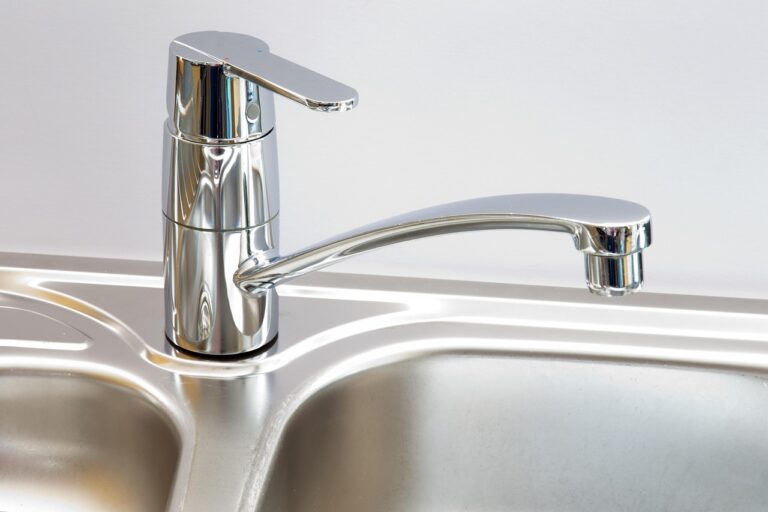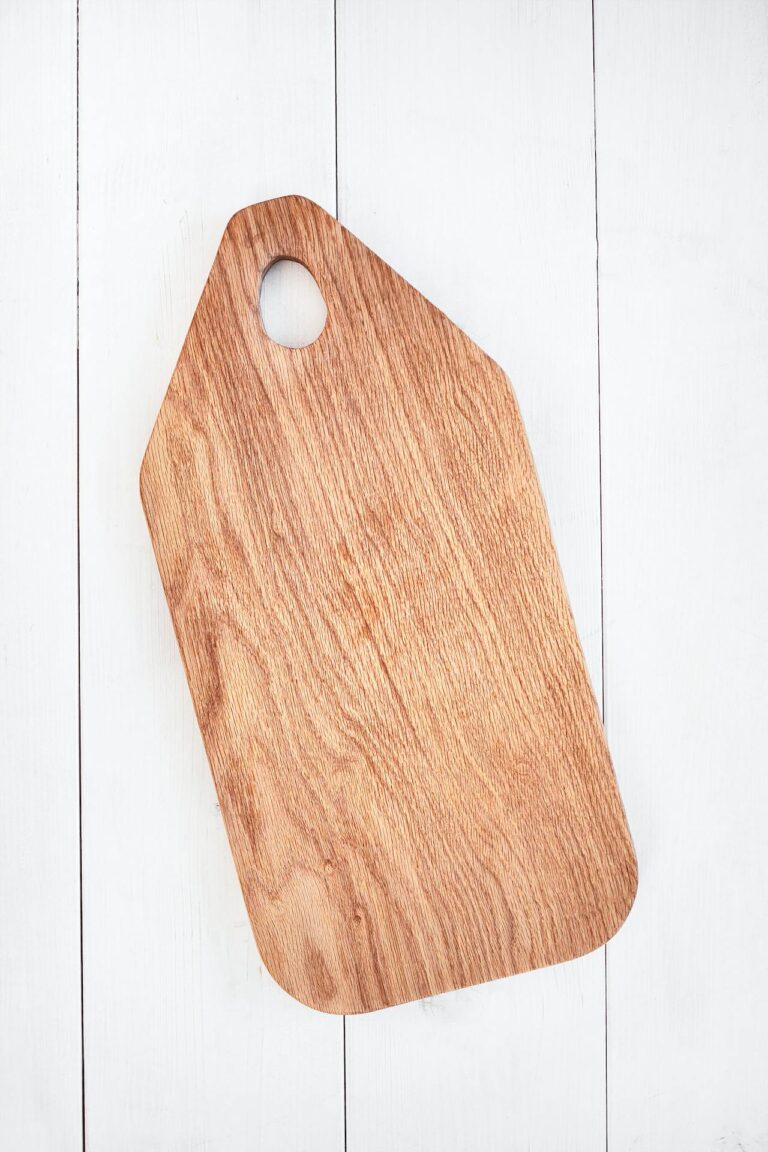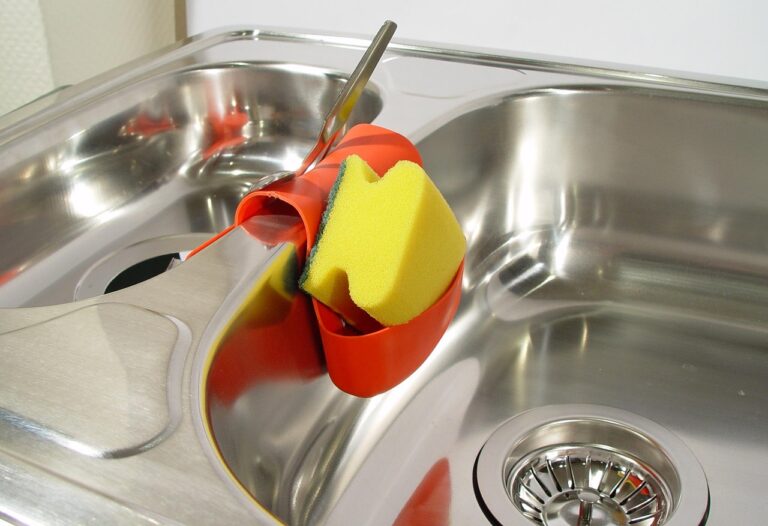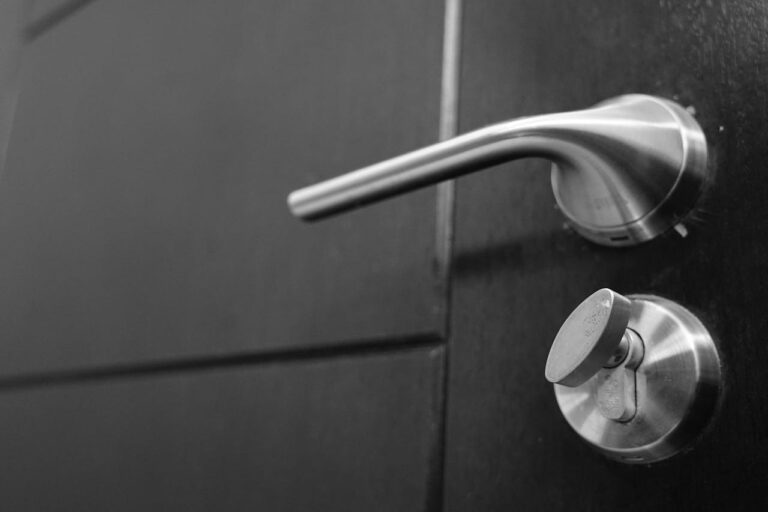Stainless steel appliances can look sleek and modern, but keeping them that way takes a bit of know-how. Fingerprints, streaks, and water spots have a way of showing up when you least expect them. The good news? A few simple habits can keep those surfaces looking polished without hours of scrubbing.

Why Stainless Steel Needs Special Care
Stainless steel isn’t as low-maintenance as it might seem. The finish is designed to resist rust and corrosion, but it still shows smudges and buildup easily. Understanding the grain direction and using the right products makes cleaning faster and prevents damage over time.
1. Wipe With the Grain
Stainless steel has a grain pattern, similar to wood. Wiping against it can leave streaks that are tough to remove. Always wipe in the direction of the grain for a smoother, cleaner finish.
Look closely at the surface to identify which way the lines run. Then use a microfiber cloth and gentle strokes to follow that pattern.
2. Use Microfiber Cloths Instead of Paper Towels
Paper towels can leave behind lint and tiny scratches. Microfiber cloths are softer and more effective at picking up oils and residue. They won’t scratch the surface and they’re reusable, which saves money over time.
Keep a few dedicated cloths just for your appliances. Wash them regularly to avoid transferring grime back onto clean surfaces.
3. Skip Harsh Abrasives and Bleach
Abrasive cleaners, steel wool, and bleach can damage the protective layer on stainless steel. Once that layer is compromised, the surface becomes more prone to staining and corrosion. Stick to gentle cleaners designed for stainless steel or simple dish soap and water.
If something feels gritty or rough, it’s too harsh for regular use. Test any new cleaner on a small, hidden area first.
4. Clean Up Spills and Splashes Right Away
Water spots and food splatters are easier to remove when they’re fresh. Letting them sit gives them time to dry and bond with the surface. A quick wipe after cooking or washing dishes prevents buildup before it starts.
This doesn’t have to be a full cleaning session. Just a fast pass with a damp cloth keeps things manageable.
5. Use a Stainless Steel Cleaner or Polish
Regular cleaners work for everyday maintenance, but a dedicated stainless steel product adds extra shine and protection. These products often leave a thin barrier that repels fingerprints and water spots for a while.
Apply a small amount to a microfiber cloth and buff in the direction of the grain. A little goes a long way, so don’t oversaturate the surface.
6. Dry Surfaces After Cleaning
Letting stainless steel air-dry often leaves water spots behind. Drying with a clean, dry cloth right after cleaning gives a streak-free finish. This step takes just a minute but makes a noticeable difference.
It’s especially important in areas with hard water, which leaves mineral deposits as it evaporates.
7. Avoid Magnets and Adhesive Hooks
Magnets and sticky hooks might seem harmless, but they can trap moisture underneath. Over time, this can lead to discoloration or even rust spots. Keep the surface clear to allow air circulation and prevent moisture buildup.
If you need to hang something, consider alternative spots that won’t interfere with the appliance finish.
8. Clean the Inside of Appliances Too
The exterior gets attention, but the inside of refrigerators, dishwashers, and microwaves can affect performance and smell. Regular interior cleaning prevents odors and keeps appliances running efficiently.
Wipe down shelves, gaskets, and door seals with mild soap and water. Check for spills or buildup in hard-to-reach corners.
9. Protect High-Touch Areas
Handles, control panels, and door edges take the most abuse. These spots collect oils from hands and can start to look dingy faster than other areas. Wiping these zones more frequently keeps the whole appliance looking consistent.
Consider placing a small hand towel nearby to use before touching appliance handles. It cuts down on direct oil transfer.
What to Avoid
Some mistakes can undo your cleaning efforts. Don’t use rough sponges, even if they promise gentle scrubbing—they can still leave fine scratches. Avoid letting cleaners sit too long on the surface, as they can cause streaking or discoloration.
Skip generic glass cleaners unless they’re labeled safe for stainless steel. They often contain ammonia or other ingredients that leave residue or dull the finish.
Keep It Simple
Maintaining stainless steel doesn’t require fancy tools or complicated routines. A few smart habits and the right products keep appliances looking clean without extra effort. Consistency matters more than intensity—quick, regular care beats occasional deep cleaning.






